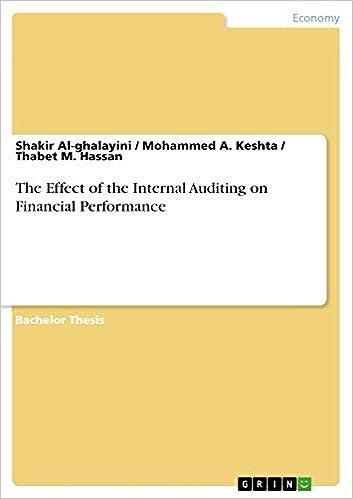please solve a-g


4. Heckscher-Ohlin: Consider an economy with two goods bananas (B) and peanut butter (P), both produced using capital and labor. Both factors can freely move across sectors. The technologies for the two sectors are given by the following Cobb-Douglas production functions: QB=ABKBLB1QP=APKPLP1with1>>>0. The allocation of labor and capital to the two industries is subject to the resource constraints LB+LP=LandKB+KP=K where L and K are the aggregate endowments of labor and capital. Prices of bananas and peanut butter are denoted by PB and PP, respectively. Prices for capital and labor are denoted by R and W, respectively. Consumers have Leontief preferences, utility function U(CB,CP)=min(CB,CP), meaning that they want to consume the two goods in a fixed proportion of one-to-one (no substitution). a) If labor and capital markets are perfectly competitive, what are the conditions (two for each sector) relating the amount of each factor employed in a sector to the price of the factor and the price of the product? Make sure to base your answer on the provided production functions. b) For each sector, combine the two conditions from (a) to obtain the capital/labor ratio Ki/Li in each sector i as a function of the wage/rental ratio w/r. Which good is labor-intensive? c) Use the results from a) and b) to derive the relationship between the relative price of goods PB/PP and the relative factor price w/r. [Hint: first get from a) a relation between the relative price of goods and the marginal products of, say, labor in the two sectors; write the marginal products in terms of Ki/Li; then from b) you know how Ki/Li depends on w/r...] Do you find a positive or a negative relationship? d) Show on a graph in the ( QB,QP) space ( QP on vertical axis and Q8 on horizontal axis) what the Production Possibility Frontier would look like and what would be the autarky equilibrium (with no trade). Home opens to trade with Foreign, which has the same production functions (same , ,AB,AP) and initial autarky relative price (PB/PP=PB/PP). Foreign is larger than Home. The world relative price is determined by Foreign (PB/PP=PBW/PPW). e) What must be true about the ratio of capital to labor in Foreign (K/L), compared to that of Home (K/L) ? Are there gains from trade between Home and Foreign? f) Suppose there is an increase in Home's labor endowment L (and no change in K). Show how, at the relative world price [PB/PP]W, this changes Home's output of each good and the amount of labor and capital employed in each sector. g) After the change in L, what will Home export and what will Foreign export? Why? What happens to the gains from trade








